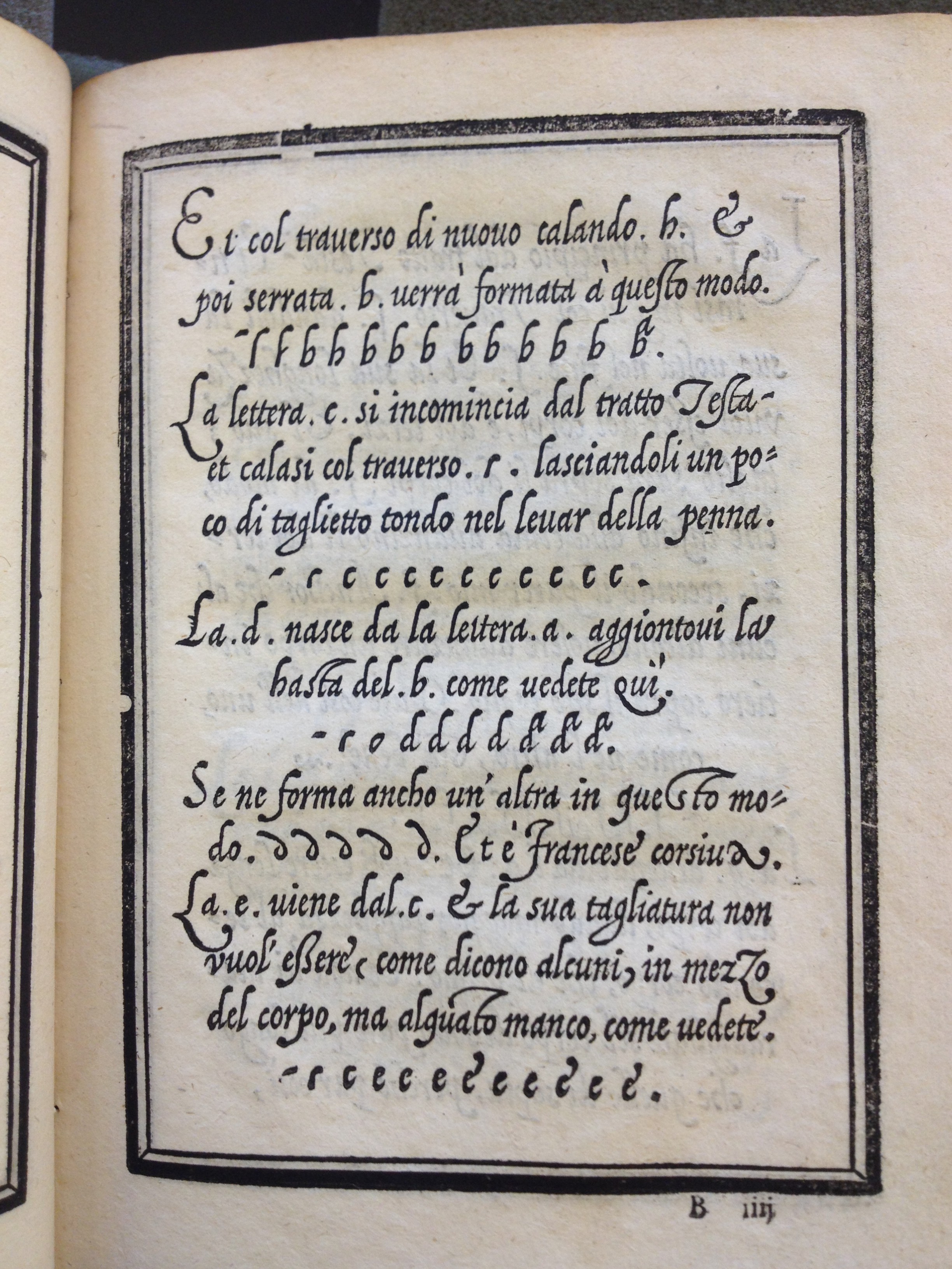Motoscribendi: Libraries, Historic Calligraphy Manuals, Book People and Motorcycles

Motoscribendi
My name is Nicholas Yeager, I'm a scholar, librarian, motorcyclist and scribe.
You know what the first three are, but what's a scribe? Every time you write something with a pen, you are inscribing the paper (or other substrate) with your handwriting. A scribe may be called lettering artist or calligrapher these days but there was a time when the only way to record information was by writing it down. And the people that did that were called scribes.
Motoscribendi will chronicle my travels – yes, by motorcycle – to major collections of old writing manuals, copybooks and lettering instruction manuals at libraries across North America. These visits will enable me to develop a catalog of representative writing manuals that will help people locate these scattered resources. (Despite a resurgence in type design and lettering art, there’s still no centralized way to find them.) The trip will also help me produce a modern writing manual that pays homage to this type of book.
A Little History
If Gutenberg were trying to destroy the scribal industry by inventing printing back in the 15th century, he blew it. Because one of the unintended consequences of printing was to establish a permanent place for calligraphers and scribes. Printing didn't eliminate scribes, it created even more need for scribes to record legal, commercial, theological and medical correspondence. And printing allowed writing masters a method of recording their exact lettering instructions to teach students far from their writing schools.

My Story
Thirty-nine years ago I began to study calligraphy and the history of the book. With Patti Downing, I began a manuscript study group at the Newberry Library in Chicago. We studied various hands and book design, early printing and the large collection of writing manuals that are housed at the Newberry.
My interest in these books stayed with me and I continued to study them at the Harry Ransom Center, Columbia University's Rare Book Room and as a librarian at New York Public Library.

Along with this I practiced calligraphy and graphic design, wrote about and edited calligraphic and book art publications and studied descriptive bibliography and the history of printing. I teach calligraphy and lettering and make pieces for shows and for sale.

While I moved around the country, I rode motorcycles for most of that time, having begun riding when I was 13. My love of long-distance motorcycling didn't have an opportunity to develop until I was in my 40s and has since been a major component of my life. I have traveled to library trade shows, exhibitions and workshops on my motorcycle. Riding lets me discover what lies between the major cities I travel to – and to be fully present in all those places. It gives me the same feeling of immersion and discovery I get from studying a writing manual. In both cases, a lot of the most interesting stuff is hidden in the finest details. It needs to be experienced up close and in person.

My trip will start in mid July. I hope you'll come along especially if you're new to these books and their history. I'll discuss their design, printing and collecting history as well as my talks with historians, librarians, printers and other book arts practitioners across North America.
